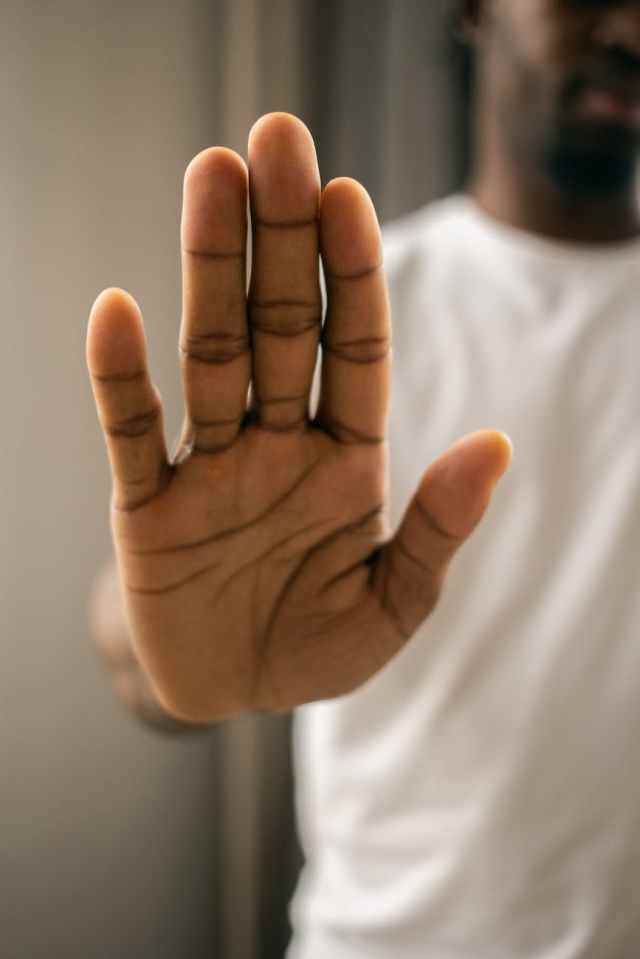Practicing Rejection – Building Resilience Through Exposure – Coping Better, Together.

Share this post
Practicing Rejection involves exposing yourself to small rejections to desensitize and build resilience towards it. Sylvester Stallone said, “I take rejection as someone blowing a bugle in my ear to wake me up and get going, rather than retreat.”
This practice enhances resilience and self-confidence, reduces fear of failure or rejection, and encourages personal growth. On a physiological level, it can reduce stress responses over time.
Practicing Rejection is useful in preparation for job interviews or dating, when dealing with fear of failure or rejection, or as part of exposure therapy. It’s helpful to start with smaller, less significant rejections, and to have a support system in place for emotional safety. However, avoid this technique if it leads to excessive distress or decreases self-esteem.
Practicing rejection makes us more resilient so that we can chase after our dreams, preparing for rejection is just as important as preparing for success.
Practicing Rejection – Building Resilience Through Exposure
Practicing Rejection involves exposing yourself to small rejections to desensitize and build resilience towards it. Sylvester Stallone said, “I take rejection as someone blowing a bugle in my ear to wake me up and get going, rather than retreat.”
This practice enhances resilience and self-confidence, reduces fear of failure or rejection, and encourages personal growth. On a physiological level, it can reduce stress responses over time.
Practicing Rejection is useful in preparation for job interviews or dating, when dealing with fear of failure or rejection, or as part of exposure therapy. It’s helpful to start with smaller, less significant rejections, and to have a support system in place for emotional safety. However, avoid this technique if it leads to excessive distress or decreases self-esteem


